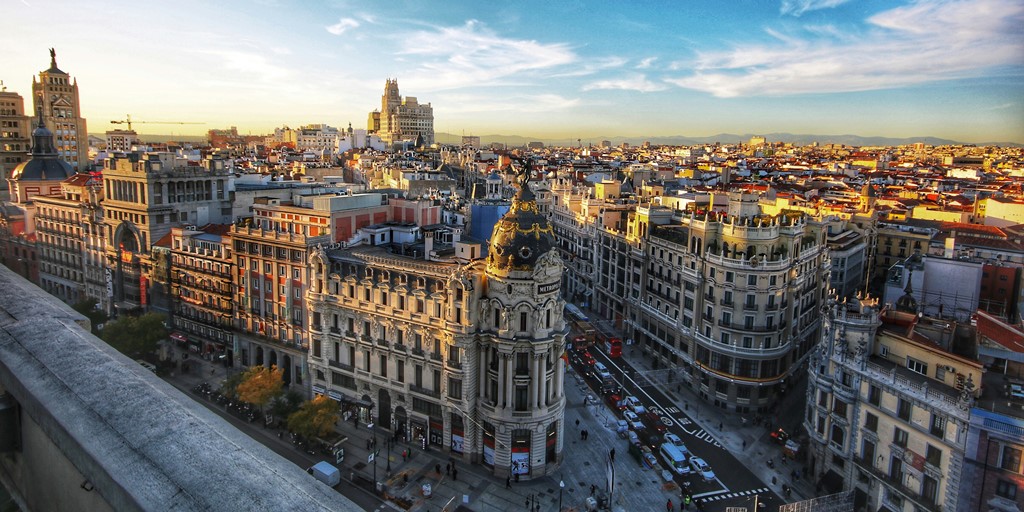The national parliament introduced a Digital Nomad Visa as part of a Startup Act passed at the beginning of this year.
Visa requirements
The main requirement for the Spanish Digital Nomad Visa programme is that applicants must be foreigners who are remote workers, self-employed, or are employed by a non-Spanish company that is operating outside of Spain.
Remote workers must also meet the government’s minimum income requirement to qualify for the visa, earning at least €2,334 per month or €28,000 per year.
Visa holders can stay in Spain for up to one year. After that, they can apply for a three-year residence permit and renew it for two years. Following a five year stay, they can be considered for permanent residence.
Doubling projects
The scheme looks to be a key component of Spain’s significant uptick in high end hotel investment, as THP database records have more than doubled in a year, from 75 sites in 2022 to today’s totals of 157 projects encompassing 22,170 rooms.
According to our data, at least US$4.2 billion is being ploughed into providing upper segment accommodation over the next few years.
Capital concentration
Developments will be focused on Spanish capital, Madrid, with at least 16 projects underway, double the amount of runner up, the southern city of Cordoba, on eight. South coast neighbours Cadiz and Malaga share third spot along with east coast municipality, Valencia, with a minimum of seven apiece.
In terms of the big hotel groups, IHG Hotels & Resorts and Hilton Worldwide both have at least seven undertakings in progress, while Spain’s own Melia Hotels International is planning a minimum of six sites.
Upscale’s upper hand
Looking at the star ratings for these projects, we see that 62% of this high end pipeline, representing 97 developments, are at four star hotels, while the remaining 38%/60 properties are in the luxury segment.
Delving into construction types, we see that newbuilds are the top of the pile, with a minimum of 71 greenfield projects on the way. There is a strong stream of conversions too, as at least 59 are on the books. Existing Spanish sites will undergo at least 25 refurbishments and two extensions.
Spanish schedule
2024 seems to be the peak for premium deliveries, with at least 50 planned, and the pace is also set fair for 2025 with another 29 completions expected.
An additional 14 will open before the end of this year, while 2026 promises a minimum of nine additions. The remaining 55 sites have either yet to be designated a delivery date or are due further in the future.
Notable projects
One of the latest projects on the slate is Hotel Indigo Jerez, from IHG’s stable. Due to open in early 2025, this 78-room hotel was signed as a conversion project in partnership with Meravo Management AS and will comprise two historic Andalusian buildings.
Another major announcement this year was Angsana Real de la Quinta Benahavis Marbella from Banyan Tree Group. A brand debut for Angsana Resorts & Spa, the development will include a hotel, branded residences, apartments and commercial spaces. With 90 nature-integrated guestrooms and suites circling an oasis courtyard, the site is scheduled to complete in 2026.














